Why Minimally Invasive Surgical Support is the Hottest Career in Healthcare Right Now (And How You Can Get Started!)
SpecialtyCare
NOVEMBER 8, 2024
With the appropriate training and dedication, individuals can contribute significantly to the advancement of patient care in the surgical field. In summary, a career in minimally invasive surgical support offers a dynamic and rewarding opportunity to be at the forefront of modern surgical practices.

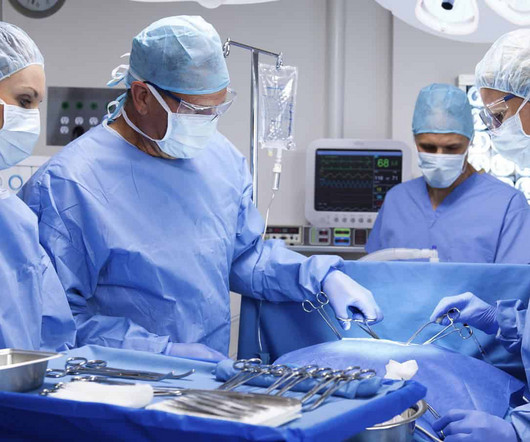

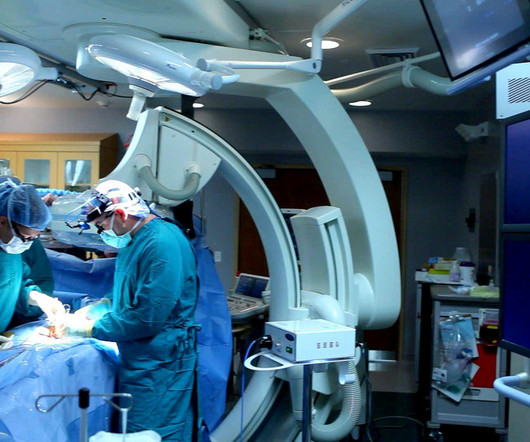


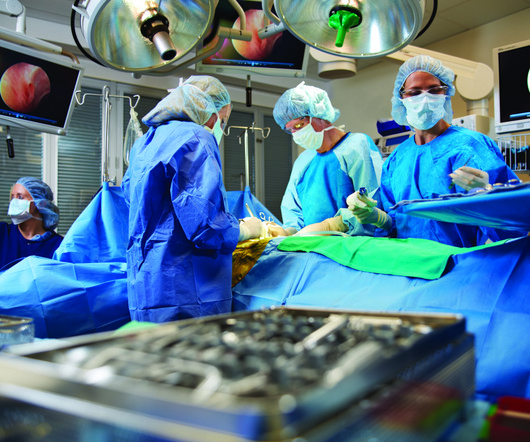

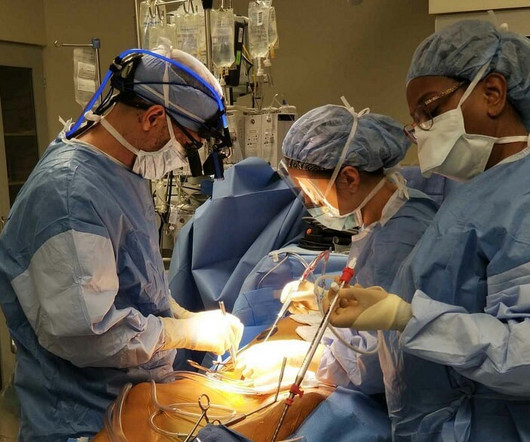


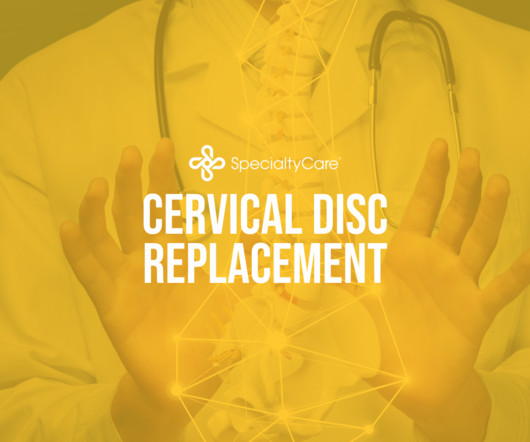














Let's personalize your content